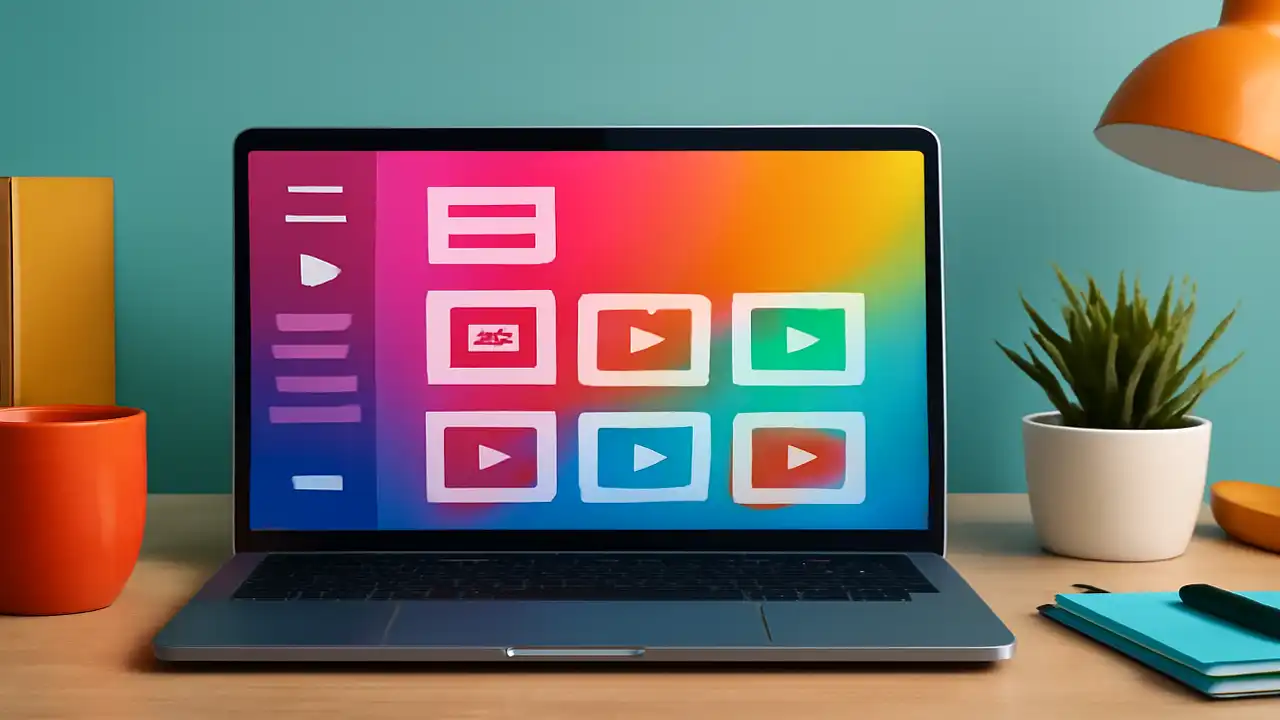Learn how to set up and optimize YouTube playlists and sections for improved channel navigation, viewer engagement, and SEO. This guide covers practical tips to boost watch time, search ranking, and user experience.
YouTube Channel Navigation Setting Up Playlists and Sections

The Importance of Effective YouTube Channel Navigation
In today’s digital era, YouTube is one of the most powerful platforms for content creators to reach global audiences. However, with millions of channels and videos available, standing out requires more than just producing great content. Effective YouTube channel navigation plays a crucial role in attracting, engaging, and retaining viewers. Organizing videos into playlists and sections not only improves user experience but also enhances discoverability through SEO, helping channels rank higher in search results. This article explores the essential strategies for setting up playlists and sections on YouTube, providing a comprehensive guide that content creators can use to optimize their channels for both viewers and search engines.
Understanding Playlists and Sections on YouTube: A Detailed Overview
Playlists and sections are fundamental tools for structuring a YouTube channel. Playlists group related videos, making it easier for viewers to watch content sequentially or by topic. Sections organize these playlists and videos on the channel homepage, creating a visually appealing and navigable layout.
What Are Playlists?
Playlists are curated collections of videos grouped by theme, topic, or series. They encourage viewers to spend more time on the channel by automatically playing videos in sequence, thus increasing watch time—a key ranking factor in YouTube’s algorithm. Playlists can also appear in search results, offering an additional entry point for new viewers.
What Are Sections?
Sections appear on the channel’s homepage and can include playlists, popular uploads, or custom groups of videos. They help highlight specific content areas, guiding users to what’s most relevant or trending. Sections enable content creators to showcase diverse topics or series, improving channel navigation and user engagement.
Practical Tips and Techniques for Setting Up Playlists and Sections
Step 1: Planning Your Channel Layout
Before creating playlists and sections, analyze your content to identify natural groupings or themes. Use keyword research tools to find relevant terms for playlist titles and descriptions, enhancing SEO.
Step 2: Creating SEO-Friendly Playlists
- Use descriptive, keyword-rich titles: Titles should clearly communicate the playlist topic and include primary keywords.
- Write detailed descriptions: Provide summaries with relevant keywords and phrases that help YouTube understand the playlist’s content.
- Add relevant tags: Tags help categorize playlists and improve search visibility.
- Order videos logically: Arrange videos in a way that provides a coherent viewing experience.
Step 3: Organizing Sections on the Channel Homepage
- Use diverse section types: Include playlists, popular videos, or sections dedicated to new uploads.
- Customize section titles: Use clear, enticing titles containing keywords.
- Prioritize important content: Place key playlists or series at the top for immediate visibility.
- Regularly update sections: Refresh content to keep the channel homepage dynamic and engaging.
Step 4: Leveraging Playlists for SEO and Engagement
Playlists not only improve navigation but also impact SEO by increasing watch time and session duration. Share playlist URLs on social media, embed them on websites, and link internally within video descriptions to boost traffic.
Internal and External Linking Strategies
Effective linking is vital for enhancing channel authority and user experience. Internally, link related videos and playlists in video descriptions to encourage further viewing. For example, a cooking channel can link to a playlist on “Quick Dinner Recipes” within the description of a specific recipe video.
Externally, link to reputable sources or related content when relevant. For instance, linking to authoritative blogs or websites can add credibility to tutorial videos or reviews, supporting SEO goals.
SEO Best Practices for YouTube Channel Optimization
Optimizing playlists and sections requires attention to key SEO elements:
- Keyword Integration: Use primary and long-tail keywords naturally in titles, descriptions, and tags.
- Meta Descriptions: Craft concise, compelling meta descriptions for playlists to improve click-through rates.
- Alt Text for Thumbnails: Add descriptive alt text to custom thumbnails to enhance accessibility and SEO.
- Consistent Branding: Use uniform naming conventions and visuals across playlists and sections.
- Mobile Optimization: Ensure playlist layouts and thumbnails are mobile-friendly for better usability.
Using Images and Thumbnail Optimization
Thumbnails serve as visual anchors for playlists and videos. Use high-quality, relevant images that reflect the playlist content. Include keywords in the file name and alt text for better SEO. Avoid clutter and maintain consistent branding style to create a professional look. Optimized thumbnails increase click-through rates and viewer engagement.
Conclusion and Call to Action
Effective navigation through well-structured playlists and sections transforms a YouTube channel into a user-friendly, engaging destination. Implementing the strategies outlined above not only enhances viewer experience but also improves channel visibility and growth. Creators are encouraged to regularly update their playlists and sections, monitor analytics, and continuously optimize their channel layout for maximum impact.
Engage with this article by sharing it with fellow creators and leaving comments about your own playlist setup experiences. Optimization is an ongoing process—start organizing your channel today to unlock your full potential on YouTube!
Continuous Analysis and Improvement for Sustainable Growth
Successful YouTube channels rely on ongoing analysis and iteration. Utilize YouTube Analytics to track playlist performance, watch time, and audience retention. Experiment with different section arrangements and playlist topics based on viewer feedback and trends. Continuously refining these elements ensures channels remain relevant, competitive, and user-friendly.